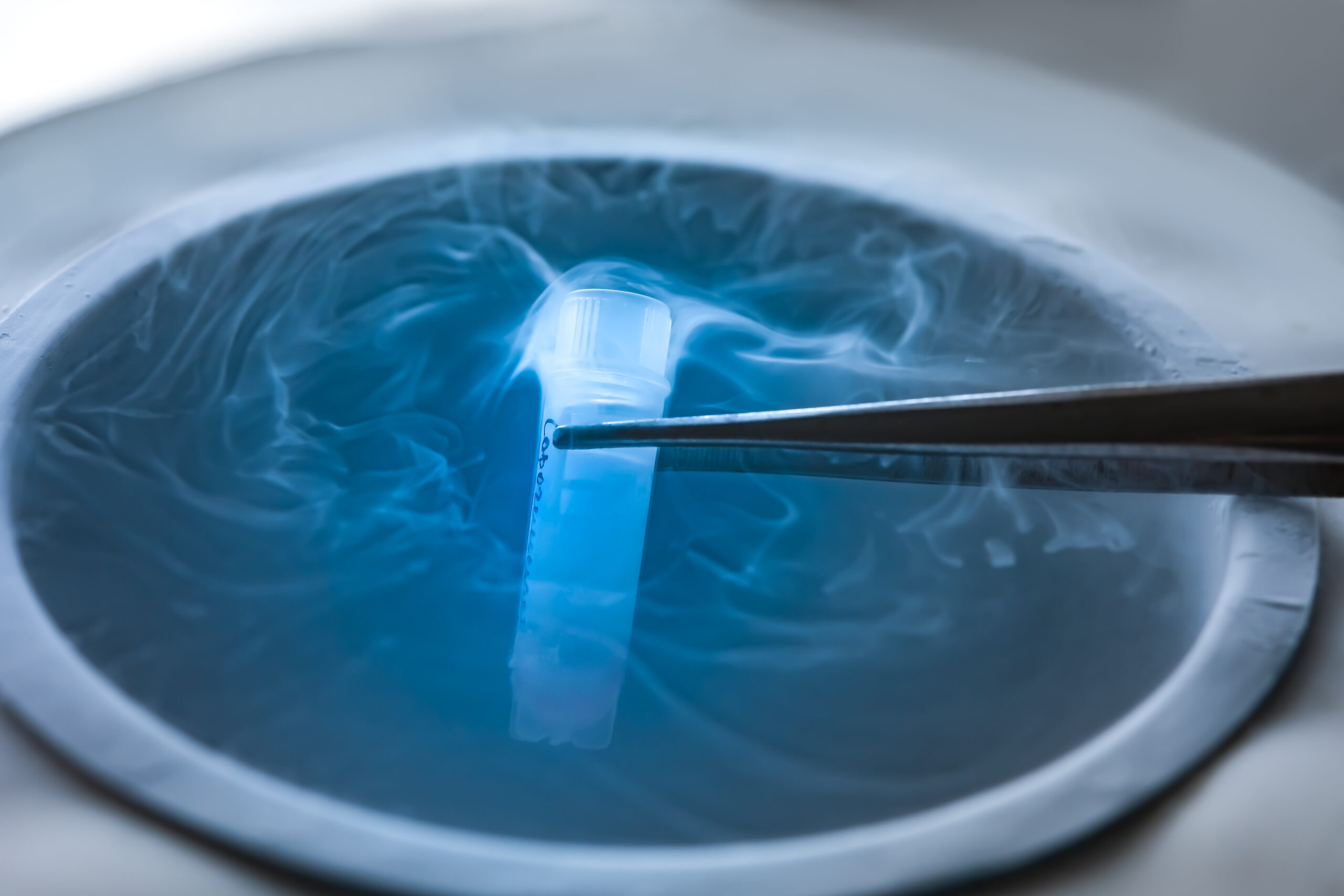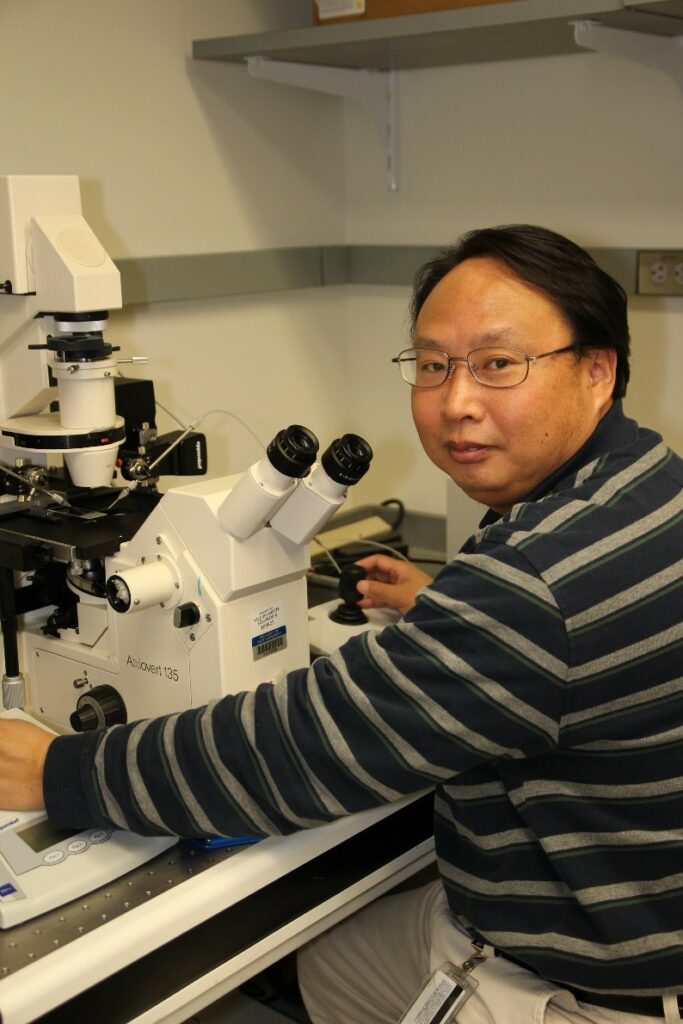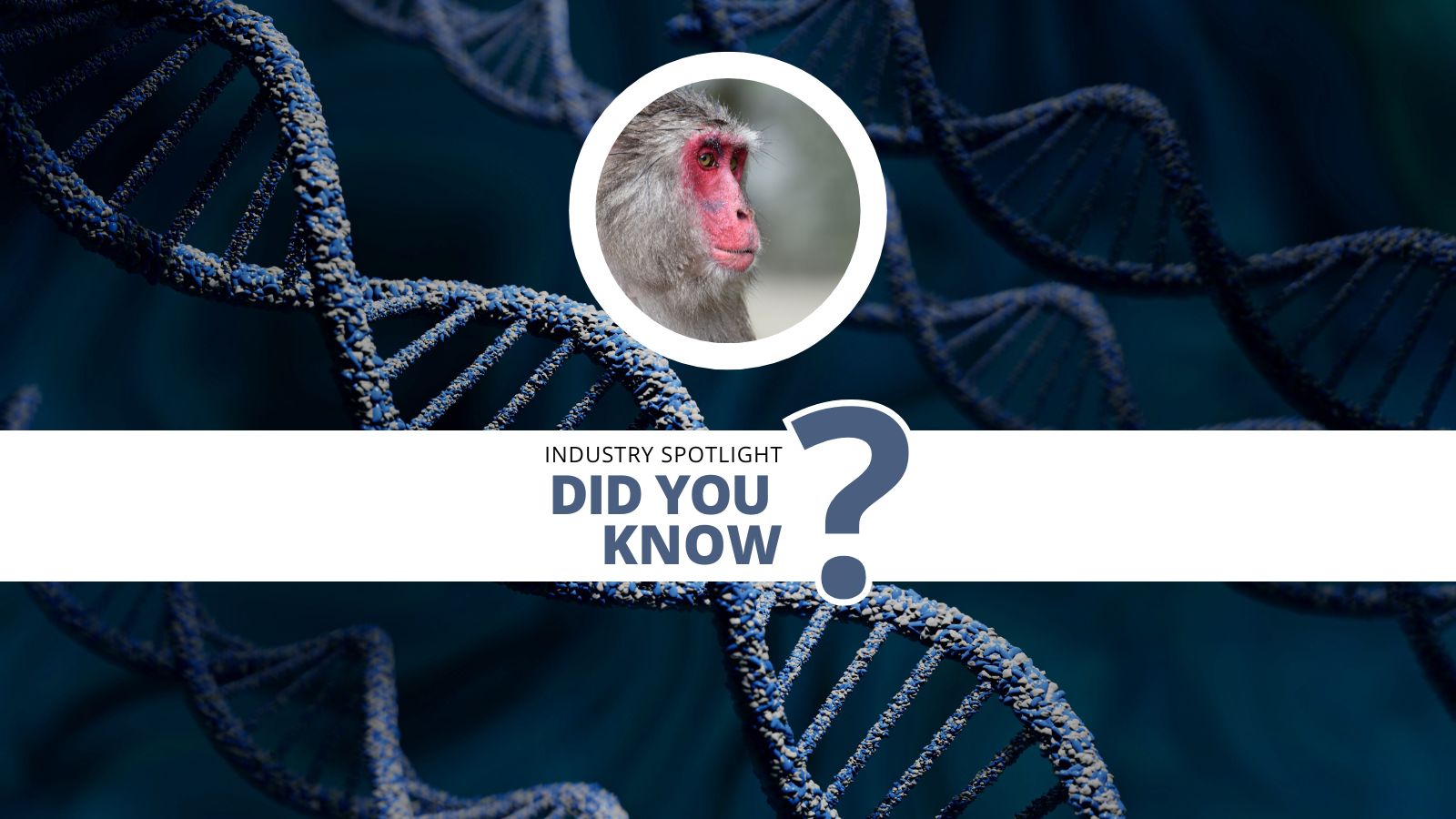Novel System for Mice Sperm Cryopreservation Using Multilayer Insulation and Liquid Nitrogen


We sat down with the Co-director of Yale Genome Editing Centre of Yale University, Xiaojun Xing, to discuss his breakthrough cryopreservation method and his thoughts on the genome editing landscape.
Could you give us a brief overview of your current research?
Cryoprotectant and cooling rate are two critical factors for successful cryopreservation of animal sperm. As an amateur researcher and inventor, I have been focusing on developing a low cost, simple cooling rate control method, thus improving the efficiency and quality of the cryopreservation process. I found that using multiple thin layer materials to insulate sperm samples and directly immerse them into liquid nitrogen can achieve an ideal cooling rate and enable the majority of sperm to survive after freezing and thawing.
What is the greatest benefit of this new cryopreservation method?
This new method will significantly reduce the cost of sperm cryopreservation. I believe it could replace computer-controlled devices in the future. For mice, the sample storage capacity will increase to 5 to 10-fold due to the new method enabling the use of much smaller MicroStraw containers, 15 or 20 mm in length, 10-12 µl. Resources such as liquid nitrogen, storage tanks, storage room space can be reduced to as little as 1/10 compared to previous methods.
What is the greatest challenge you face in developing this technology, and what do you need to overcome it?
I am shy to say; the most significant challenge is my English. I am not good at writing funding application documents, so I have to invest my salary to support research and development. From a technology aspect, I was trying to solve an engineering problem with my reproductive physiology background. I had to teach myself about cryogenic heat transfer, plastics and manufacturing processes. I hope I can get funding and a research team to accelerate the application and commercialization of this new method for mice and many other species.
How do you see the genome editing landscape changing in the next five years?
I would say that protocols for genome editing based on CRISPR/CAS-9 will be further refined and improved; thus, the efficiency for genome editing will be higher and higher.
Any closing remarks on the genome-editing field at large, especially with advancements in technologies such as yours?
For genetically modified animal models, especially mice, one thing for sure is that the number needed to be cryopreserved each year will increase rapidly. Unlike livestock, where frozen sperm will be used for artificial insemination soon after freezing, animal model sperm will store for decades, even forever. With an up to a 10-fold increase in storage capacity, the new method will significantly reduce the storage pressure and burden. Also, it is imperative to alter this method to suit rats and other species. It needs many people’s effort, not me alone.






